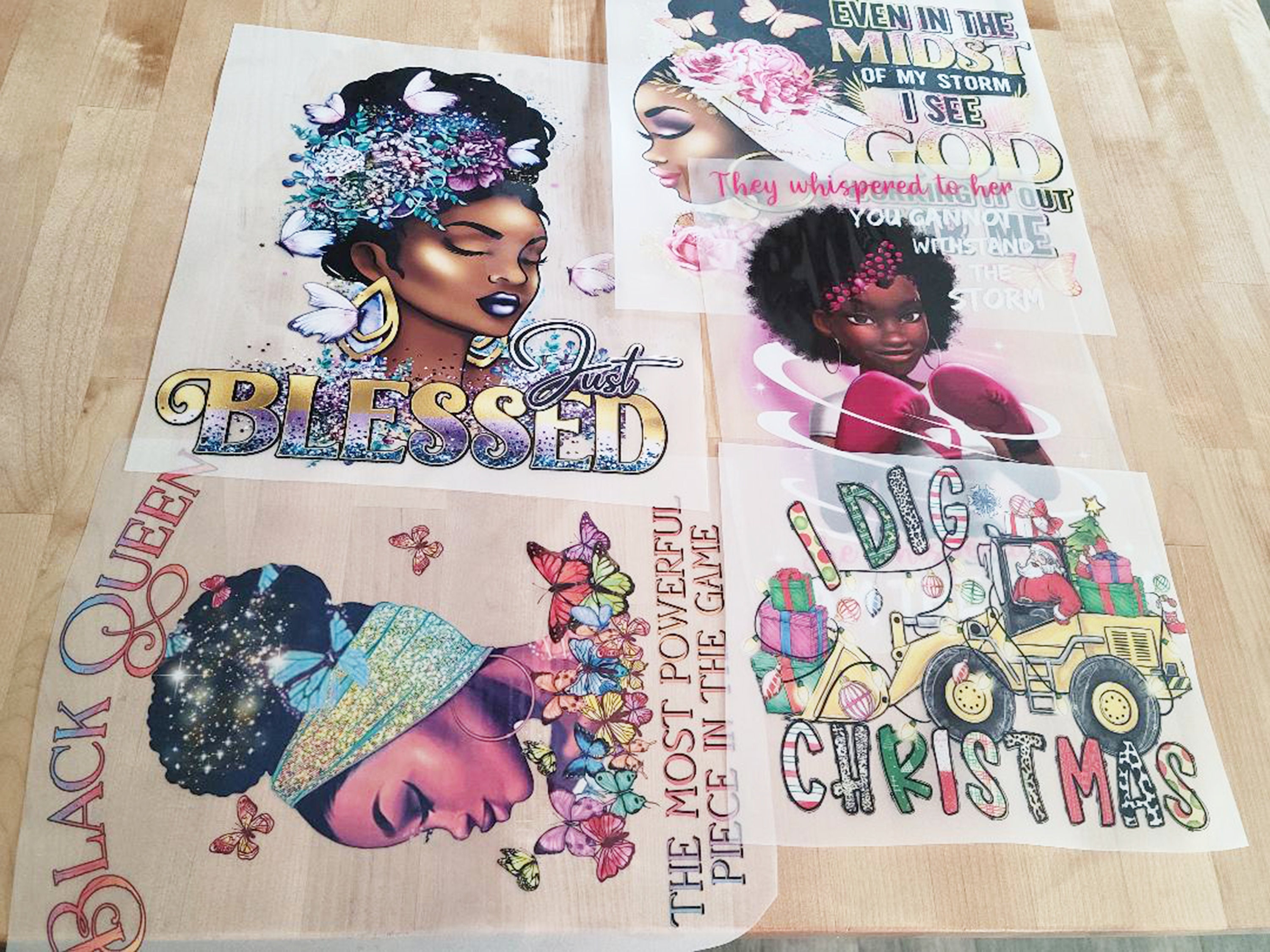Adopting a Next Generation of Print Technology with DTF Technology

Lately, the field of custom printing has seen a remarkable evolution, opening the way for innovations that enhance artistry and efficiency. Among these developments, DTF technology, or direct-to-film transfers, has emerged as a revolution. This printing method has seized the attention of businesses and creators alike, thanks to its ability to create premium, vibrant designs on a diverse materials. As we move through the future of printing, adopting DTF transfers may very well be the key to discovering endless customization options.
DTF transfers represent a modern era in the realm of custom printing, combining ease of use with superior results. Unlike conventional methods, DTF technology allows for detailed designs and colors to be applied seamlessly onto fabrics, ensuring durability and adaptability. As we investigate the pros and applications of DTF transfers, it becomes clear that this innovative technique is not just a fad but a revolutionary approach that will define the future of custom printing for years to come.

What is DTF Technology?
Direct to Film technology, also known as Direct to Film technology, represents a cutting-edge printing technique that allows for the transfer of vivid designs onto multiple surfaces, particularly textiles. This process entails printing artwork straight onto a special film, which is then coated with a heat-activated adhesive. After the design is printed and dried, it can be applied onto the target material, creating a long-lasting and colorful transfer.
A major pros of DTF transfers is their flexibility. They can be used on a broad range of fabrics, including cotton, polyester, and blends, which allows for various applications, ranging from clothing to promotional items. DTF technology is also recognized for producing high-resolution images with superb color reproduction, allowing for intricate designs to be rendered with remarkable clarity.
Besides its flexibility, DTF printing is notable for its productivity. This process is relatively fast, allowing for rapid production runs without sacrificing quality. This makes it an ideal choice for custom printing businesses looking to satisfy diverse client needs while upholding a competitive edge in the constantly changing market.
Benefits of Direct-to-Film Transfers
DTF transfers offer incomparable versatility in the custom printing industry. The ability to print on a range of materials, including cotton textiles, polyester textiles, and composite materials, makes Direct-to-Film technology suitable for a diverse array of products. This flexibility means that businesses can cater to diverse customer needs, from clothing to domestic textiles, without being restricted by the material. The bold colors and complex designs achievable with Direct-to-Film transfers also attract customers looking for top-notch custom prints.
Another major advantage of DTF transfers is their simplicity of application. Unlike traditional methods such as screen printing, which can be time-consuming and require extensive setup, Direct-to-Film transfers allow for a simpler application process. The transfer can be deployed using a heat press, making it accessible for entrepreneurs or individuals who want to start printing. This ease of use enables quicker turnaround times, which is important in meeting customer demands and staying competitive in the market.
Longevity is a key benefit of DTF transfers as well. dtf transfers produced using Direct-to-Film technology are known for their long-lasting qualities, resisting damage even after several washes. This resilience ensures that customers receive products that maintain their quality over time, enhancing satisfaction and return customers. Companies can also benefit from minimized costs associated with reproductions or returns, as DTF transfers deliver superior results that stand the test of quality.
Applications of DTF Printing
DTF printing has gained immense popularity in numerous industries due to its flexibility and superior output. One of the most key applications is in the custom apparel sector. Brands can create colorful and complex designs on a variety of fabrics, allowing for unique clothing items customized to specific tastes. From shirts and sweatshirts to caps and purses, DTF transfers enable companies to offer personalized products that catch attention in a crowded market.
Another noteworthy application of DTF printing is in promotional merchandise. Organizations can utilize DTF technology to produce bespoke items for occasions, promotions, or brand branding. The ability to print detailed graphics and logos on diverse materials makes DTF transfers an ideal choice for creating promotional products that leave a lasting impression. This flexibility supports companies in seizing their audience’s attention while promoting their brand effectively.
Lastly, DTF printing is also making waves in the interior design industry. Artists and crafters are adopting DTF technology to create tailored designs for textiles such as pillows, wall art, and table linens. The ease of transferring detailed images onto different surfaces allows for creativity. With DTF transfers, the possibilities for custom home décor items are endless, enabling consumers to demonstrate their individual style effortlessly.
